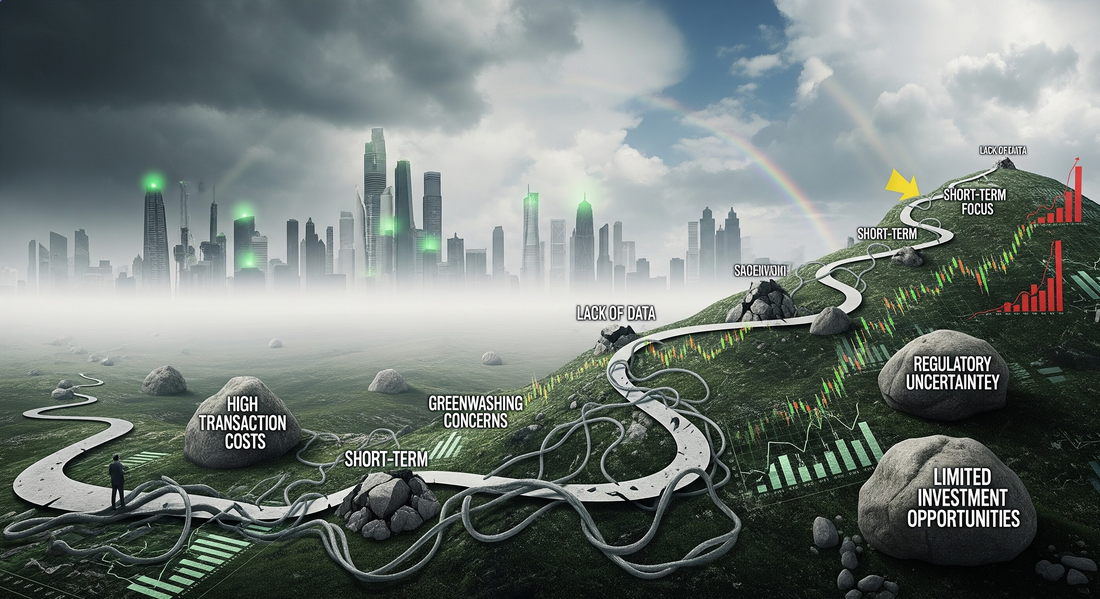Sustainability Finance Challenges

SINGAPORE – The current growth model's impact on the natural environment has not shown continued growth, and it does not reduce local pollution, which is no longer just local or regional but global. The problem of climate change poses a major systemic risk to our future well-being and the ecosystems on which we depend, in particular for societies in less-developed, less-resilient countries. To overcome these risks of climate change, proper planning and investment in adaptation and resilience are needed to reduce vulnerability. The importance of climate change for sustainable development and poverty alleviation is well recognized in both the Paris Agreement and the 2030 Agenda for Sustainable Development, and nations have agreed to limit global warming to 1.5°C. One of the remarkable steps is the effort of implementing the Nationally Determined Contributions to 2030.
However, efforts in sustainability finance and investment have revealed a significant financing gap for the Sustainable Development Goals (SDGs). Key challenges include:
- The majority of total financial assets (81%) contributing to sustainability comes from High-Income Countries.
- Persistent barriers to investment and capacity for compliance with sustainability standards in developing nations.
- The absence of robust ESG (Environmental, Social and Governance) information, leading to distorted sovereign ESG scores and biased investment decisions.
- A mismatch between the needs and offers in sustainable financing, resulting in a low drive for sustainability.
- A general lack of a strong link between mainstream finance and sustainability, slowing the overall drive.
